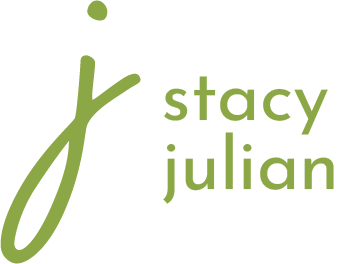My Covid-19 Story
click to enlarge
How are you telling your story of this worldwide pandemic?
I was inspired by students in my 20in20 class to create this layout two weeks ago and I’m SO GLAD I didn’t wait to do it later. Why? Because the facts and my thoughts and feelings about them continue to unfold. I’m a big fan of highlight stories and other simplifying solutions, but I think this is a time to stay present and process detailed experiences as soon as possible, by writing them down!
I have spent a very long time in my family history looking for specific stories—especially those that record difficult times, which my ancestors all lived through—but I have mostly found vague references and unsatisfying generalities. For this reason, I want to document specific, personal perspective—daily if I can.
In an effort to see this desire through I am, starting tomorrow, participating in the 100 Days Project. I am committing to writing at least a sentence or two about my personal experiences during this unprecedented time. I’ll be journaling using the Journey Diary and Journal App—at the recommendation of Heather Cluff, who taught an excellent class on digital journaling at RootsTech in February.
My podcast episode last Thursday is all about the requirements and rewards in a 100 Day effort. If you haven't listened, you can do that HERE or on most podcast listening apps.
❤️ I’d LOVE to know what (if anything) you’re doing to tell your story right now. I’d also like to encourage you to DO SOMETHING. Join me in the 100 Days project or share your thoughts and ideas in the comments—and thanks for reading.
I’m adding this video to my post, as I want to preserve accurate, succinct information about what Covid-19 is, why it is so dangerous for some and why it warrants a shutdown of so much of our normal and daily life.
Here’s a LINK to Merriam-Webster to better understand the origins and use of words associated with Covid-19. One word that has become common place during this pandemic is social distancing, which was first used in 2003 and simply means: the practice of maintaining a greater than usual physical distance from other people or of avoiding direct contact with people or objects in public places during the outbreak of a contagious disease in order to minimize exposure and reduce the transmission of infection.
